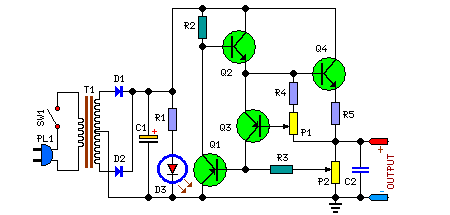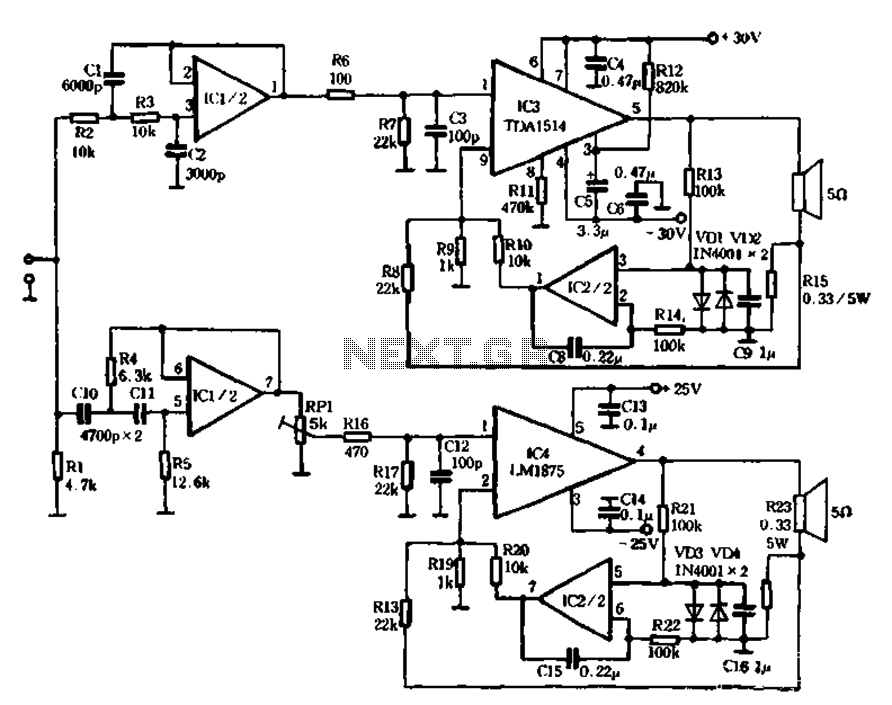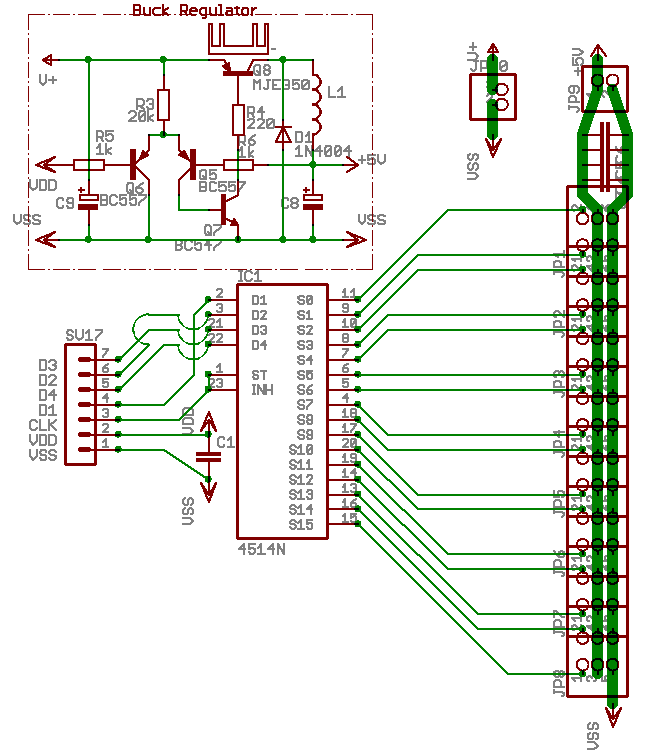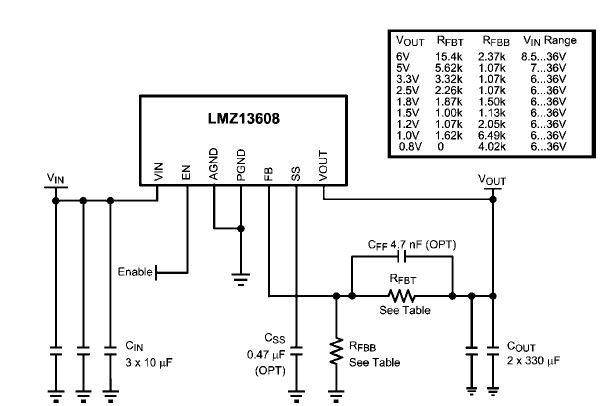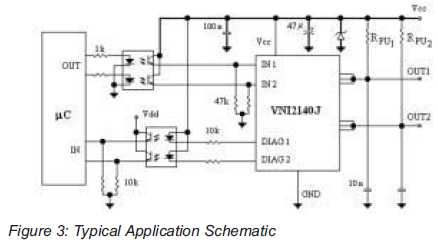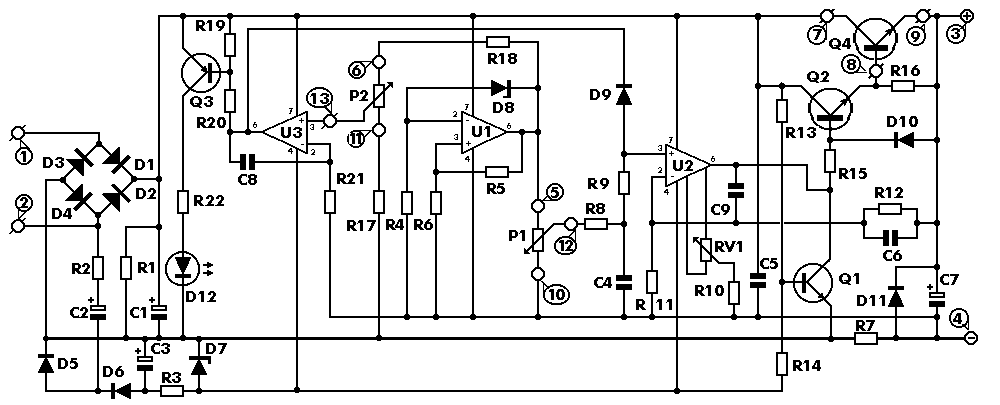
Waging the War on Power in 3G Mobiles
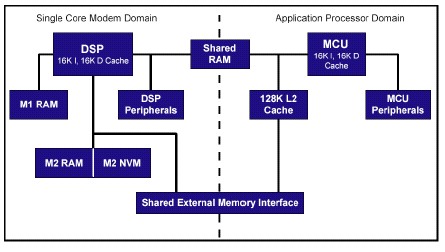
Consumers of mobile wireless devices expect a functional balance between performance and battery life. This expectation is especially relevant in third-generation (3G) wireless designs, as these devices feature more powerful and multimedia-rich capabilities. While processor performance (Moore's Law) doubles approximately every 18 months and communication system performance (Shannon's Law) doubles every 8.5 months, battery energy density only doubles every ten years. This discrepancy highlights a significant technological gap. To address this power supply and demand gap, system engineers must implement a variety of technologies, including process, software, and circuit innovations, to meet the power requirements of 3G phones. Many original equipment manufacturers (OEMs) are considering dual- or triple-processor architectures to manage baseband processing tasks. However, a single chip that integrates cores for both baseband and application processing offers clear advantages over multi-processor designs. Separate processing resources necessitate a complex inter-processor communication network for data exchange and control, and the complexity increases with each additional processor in a baseband design. This complexity can pose significant challenges for software and hardware designers, as the overhead associated with inter-processor communication reduces processing performance for end-user applications and increases power consumption, negatively impacting battery life and usage time. Furthermore, monitoring wireless networks requires interaction between application processors for each connectivity node (WWAN, WLAN, GPS, WPAN), and this periodic activity, along with the complexity of inter-processor communication, adds additional processing overhead that drains battery power. By utilizing a single-chip architecture, power consumption is inherently reduced through fewer processing cores (one for the modem and one for applications) and on-chip communication between the cores. Additionally, on-chip memory mirroring minimizes external memory access, enhancing battery life. The single-chip modem architecture incorporates an L1 cache, which improves performance with slower memory systems and provides further power savings by decreasing external memory access frequency. In embedded systems, tasks can be implemented in either dedicated hardware or software on a programmable core. While software is generally more flexible and cost-effective, hardware tends to be faster and consume less current. The challenge lies in partitioning tasks between hardware and software to maximize speed and efficiency. A better performance model can be achieved by assigning intensive machine cycling tasks to hardware accelerators instead of software, while ensuring software flexibility is maintained where necessary. Functions that are less defined and frequently change necessitate software flexibility over the benefits of dedicated hardware. Intelligent hardware/software partitioning decisions greatly contribute to achieving high performance and low power consumption. An effective power optimization strategy involves reducing transistor switching activity. Architecture partitioning with respect to transistor switching activity allows for disabling clock signals or reducing clock rates in specific regions of the ASIC, depending on the system requirements.
The design of a 3G mobile device circuit must account for the integration of various components to ensure optimal performance and power efficiency. A single-chip architecture is preferred for its ability to minimize inter-processor communication overhead, which can significantly drain battery life. The integration of baseband processing and application processing on a single chip allows for direct communication between the cores, reducing latency and enhancing overall system performance.
The architecture may include a combination of analog and digital components, such as a digital signal processor (DSP) for handling complex algorithms, a baseband processor for processing the radio signals, and an application processor for managing user interface and application tasks. The use of an L1 cache within the architecture facilitates faster data access, thereby improving the processing speed when interfacing with slower external memory systems.
Furthermore, the design should implement power management techniques, such as dynamic voltage and frequency scaling (DVFS), to adjust the power consumption based on the workload dynamically. This can be achieved through dedicated hardware that monitors system performance and adjusts clock rates and voltage levels accordingly, thus optimizing power usage.
To enhance the flexibility of the system, a programmable core may be included for tasks that require frequent updates or changes. This hybrid approach allows for the rapid deployment of new features while maintaining the efficiency of hardware accelerators for performance-critical tasks.
In summary, the circuit design for a 3G mobile device must prioritize a single-chip architecture that integrates baseband and application processing, employs efficient memory management, and utilizes intelligent hardware/software partitioning to achieve a balance between performance and power consumption, ultimately extending battery life and enhancing user experience.Consumers of mobile wireless devices expect a workable, real-world balance of performance and battery life. This is particularly applicable in third-generation (3G) wireless designs, due to the fact that these devices will house more powerful and feature rich multimedia capabilities.
With processor performance (Moore`s law) doubling every 18 month s and communications system performance (Shannon`s Law) doubling every 8. 5 months, battery energy density has not kept up —it doubles every ten years. This highlights a significant technology gap. To bridge this supply/demand power gap, system engineers need to implement an arsenal of technologies ranging from process, software, and circuit innovations to meet the power requirements of 3G phones. Let`s look at some of the tools in this arsenal in more detail. To meet the demands of 3G mobiles, many OEMs are looking at a dual- or triple-processor architecture to handle baseband processing tasks.
However, when examining architectures, a single chip, which combines cores for baseband and application processing, has obvious advantages over multi-processor designs. Having separate and independent processing resources requires a sophisticated inter-processor communication network to perform data exchange and control.
The complexity of this approach increases with each processor added to a baseband design. Thus, inter-processor communication can become a formidable design challenge to software and hardware designers. The complexity of inter-processor communication networking overhead reduces the processing performance available for end-user applications and increases power consumption, which results in reduced battery life and usage time for the end user.
In addition, monitoring for the presence of wireless networks requires interaction between the application processors for each connectivity node to be monitored (WWAN, WLAN, GPS, WPAN). This periodic activity and the complexity associated with inter-processor communication introduces additional processing overhead that consumes battery power.
By employing a single chip architecture, the inherent reduction of power consumption is obtained by utilizing fewer processing cores (one core for the modem and one for the applications) and keeping the communications on-chip between the remaining two cores. In addition, providing on-chip memory mirroring reduces the number of external accesses to a minimum resulting in improved battery life (Figure 1).
The single-chip modem architecture shown in Figure 1 incorporates an L1 cache improving performance when using slower memory systems. It also provides additional power savings by reducing the frequency of accesses to the external memory system.
Many tasks in an embedded system can be implemented in either dedicated hardware or in software on a programmable core. Generally, software is more flexible and cheaper, but hardware is faster and consumes less current. The challenge is partitioning tasks between hardware and software to take best advantage of its attributes to get the fastest yet most efficient solution.
A better model for speed and efficiency can be realized by committing intensive machine cycling tasks to hardware accelerators rather than software. However, this must be accomplished in a manner that preserves the flexibility of software where that flexibility is most important.
Functions that are less well defined and can change frequently increase the need for software flexibility over the benefits of dedicated hardware. Intelligent hardware/software partitioning decisions of this sort accomplish a great deal toward high performance, low power results.
An effective method of power optimization is the reduction of transistor switching activity. Architecture partitioning with respect to transistor switching activity allows disabling the clock signals or reducing the clock rate in certain regions of the ASIC, depending on the syste 🔗 External reference
The design of a 3G mobile device circuit must account for the integration of various components to ensure optimal performance and power efficiency. A single-chip architecture is preferred for its ability to minimize inter-processor communication overhead, which can significantly drain battery life. The integration of baseband processing and application processing on a single chip allows for direct communication between the cores, reducing latency and enhancing overall system performance.
The architecture may include a combination of analog and digital components, such as a digital signal processor (DSP) for handling complex algorithms, a baseband processor for processing the radio signals, and an application processor for managing user interface and application tasks. The use of an L1 cache within the architecture facilitates faster data access, thereby improving the processing speed when interfacing with slower external memory systems.
Furthermore, the design should implement power management techniques, such as dynamic voltage and frequency scaling (DVFS), to adjust the power consumption based on the workload dynamically. This can be achieved through dedicated hardware that monitors system performance and adjusts clock rates and voltage levels accordingly, thus optimizing power usage.
To enhance the flexibility of the system, a programmable core may be included for tasks that require frequent updates or changes. This hybrid approach allows for the rapid deployment of new features while maintaining the efficiency of hardware accelerators for performance-critical tasks.
In summary, the circuit design for a 3G mobile device must prioritize a single-chip architecture that integrates baseband and application processing, employs efficient memory management, and utilizes intelligent hardware/software partitioning to achieve a balance between performance and power consumption, ultimately extending battery life and enhancing user experience.Consumers of mobile wireless devices expect a workable, real-world balance of performance and battery life. This is particularly applicable in third-generation (3G) wireless designs, due to the fact that these devices will house more powerful and feature rich multimedia capabilities.
With processor performance (Moore`s law) doubling every 18 month s and communications system performance (Shannon`s Law) doubling every 8. 5 months, battery energy density has not kept up —it doubles every ten years. This highlights a significant technology gap. To bridge this supply/demand power gap, system engineers need to implement an arsenal of technologies ranging from process, software, and circuit innovations to meet the power requirements of 3G phones. Let`s look at some of the tools in this arsenal in more detail. To meet the demands of 3G mobiles, many OEMs are looking at a dual- or triple-processor architecture to handle baseband processing tasks.
However, when examining architectures, a single chip, which combines cores for baseband and application processing, has obvious advantages over multi-processor designs. Having separate and independent processing resources requires a sophisticated inter-processor communication network to perform data exchange and control.
The complexity of this approach increases with each processor added to a baseband design. Thus, inter-processor communication can become a formidable design challenge to software and hardware designers. The complexity of inter-processor communication networking overhead reduces the processing performance available for end-user applications and increases power consumption, which results in reduced battery life and usage time for the end user.
In addition, monitoring for the presence of wireless networks requires interaction between the application processors for each connectivity node to be monitored (WWAN, WLAN, GPS, WPAN). This periodic activity and the complexity associated with inter-processor communication introduces additional processing overhead that consumes battery power.
By employing a single chip architecture, the inherent reduction of power consumption is obtained by utilizing fewer processing cores (one core for the modem and one for the applications) and keeping the communications on-chip between the remaining two cores. In addition, providing on-chip memory mirroring reduces the number of external accesses to a minimum resulting in improved battery life (Figure 1).
The single-chip modem architecture shown in Figure 1 incorporates an L1 cache improving performance when using slower memory systems. It also provides additional power savings by reducing the frequency of accesses to the external memory system.
Many tasks in an embedded system can be implemented in either dedicated hardware or in software on a programmable core. Generally, software is more flexible and cheaper, but hardware is faster and consumes less current. The challenge is partitioning tasks between hardware and software to take best advantage of its attributes to get the fastest yet most efficient solution.
A better model for speed and efficiency can be realized by committing intensive machine cycling tasks to hardware accelerators rather than software. However, this must be accomplished in a manner that preserves the flexibility of software where that flexibility is most important.
Functions that are less well defined and can change frequently increase the need for software flexibility over the benefits of dedicated hardware. Intelligent hardware/software partitioning decisions of this sort accomplish a great deal toward high performance, low power results.
An effective method of power optimization is the reduction of transistor switching activity. Architecture partitioning with respect to transistor switching activity allows disabling the clock signals or reducing the clock rate in certain regions of the ASIC, depending on the syste 🔗 External reference
